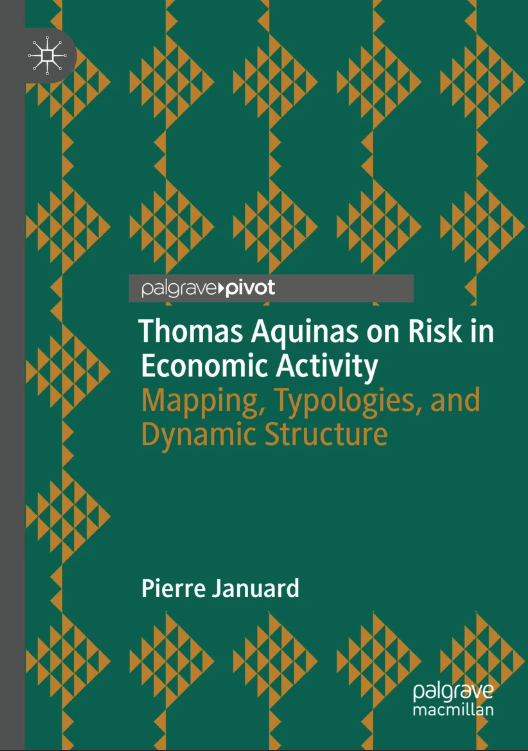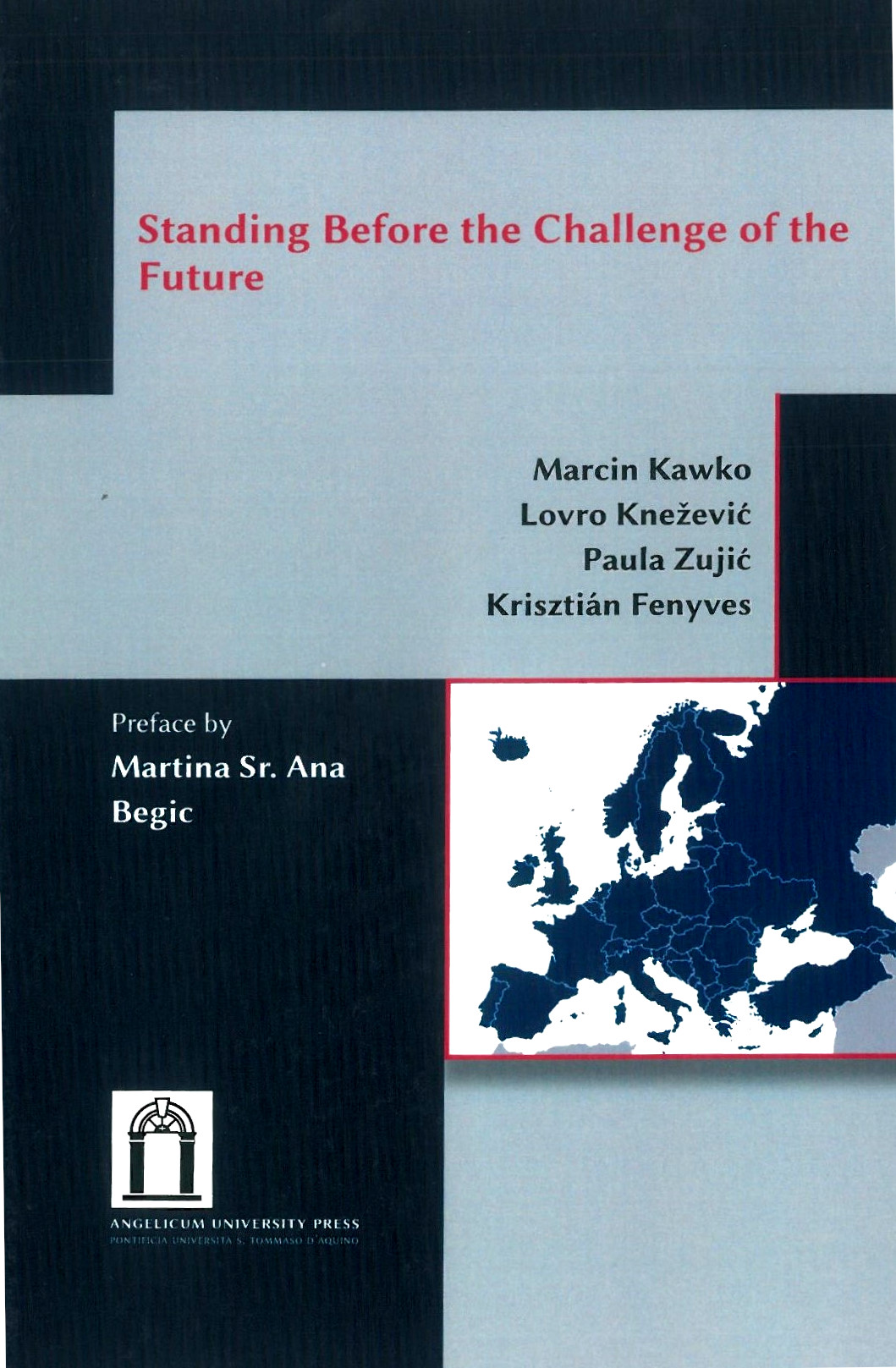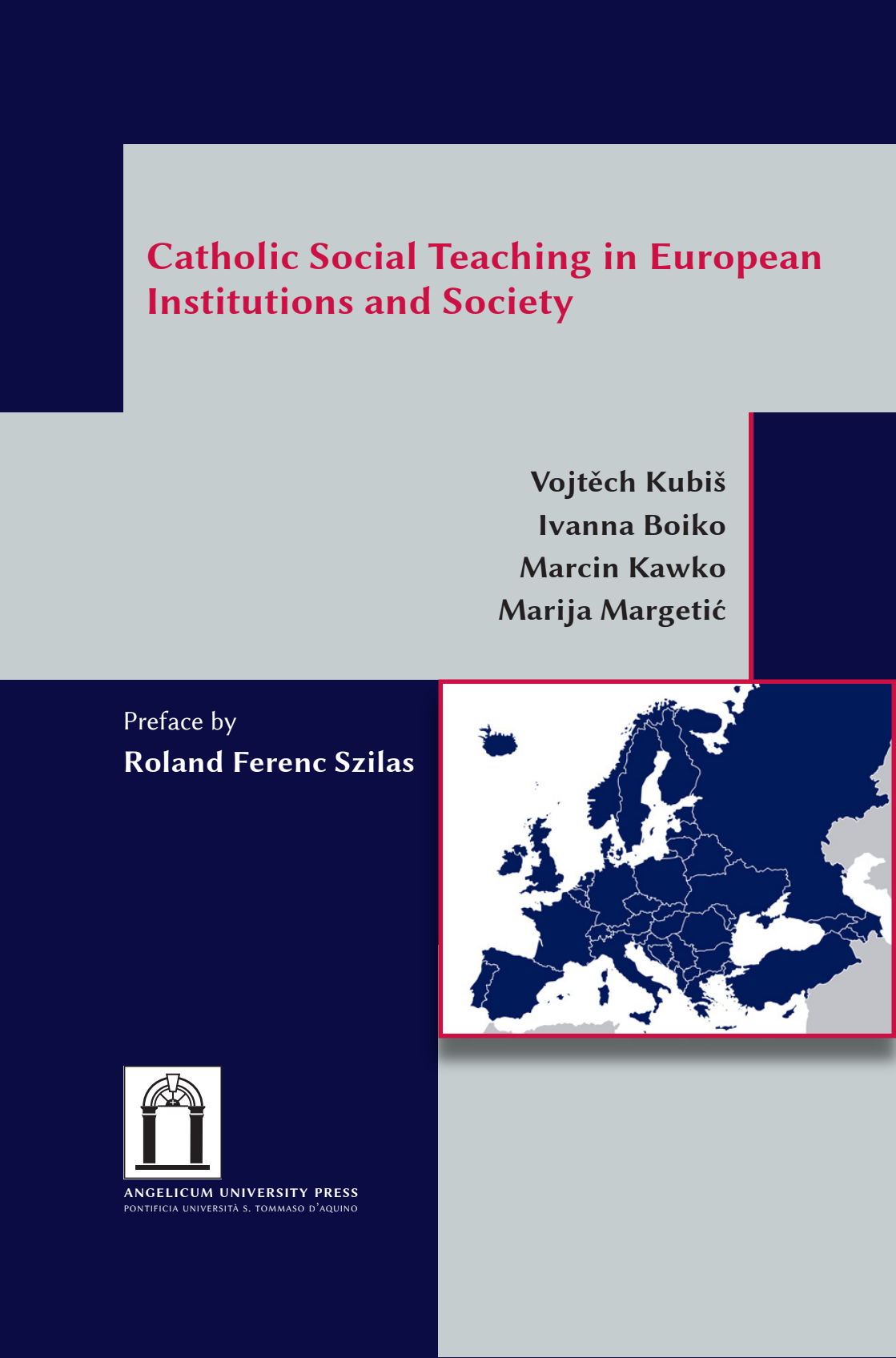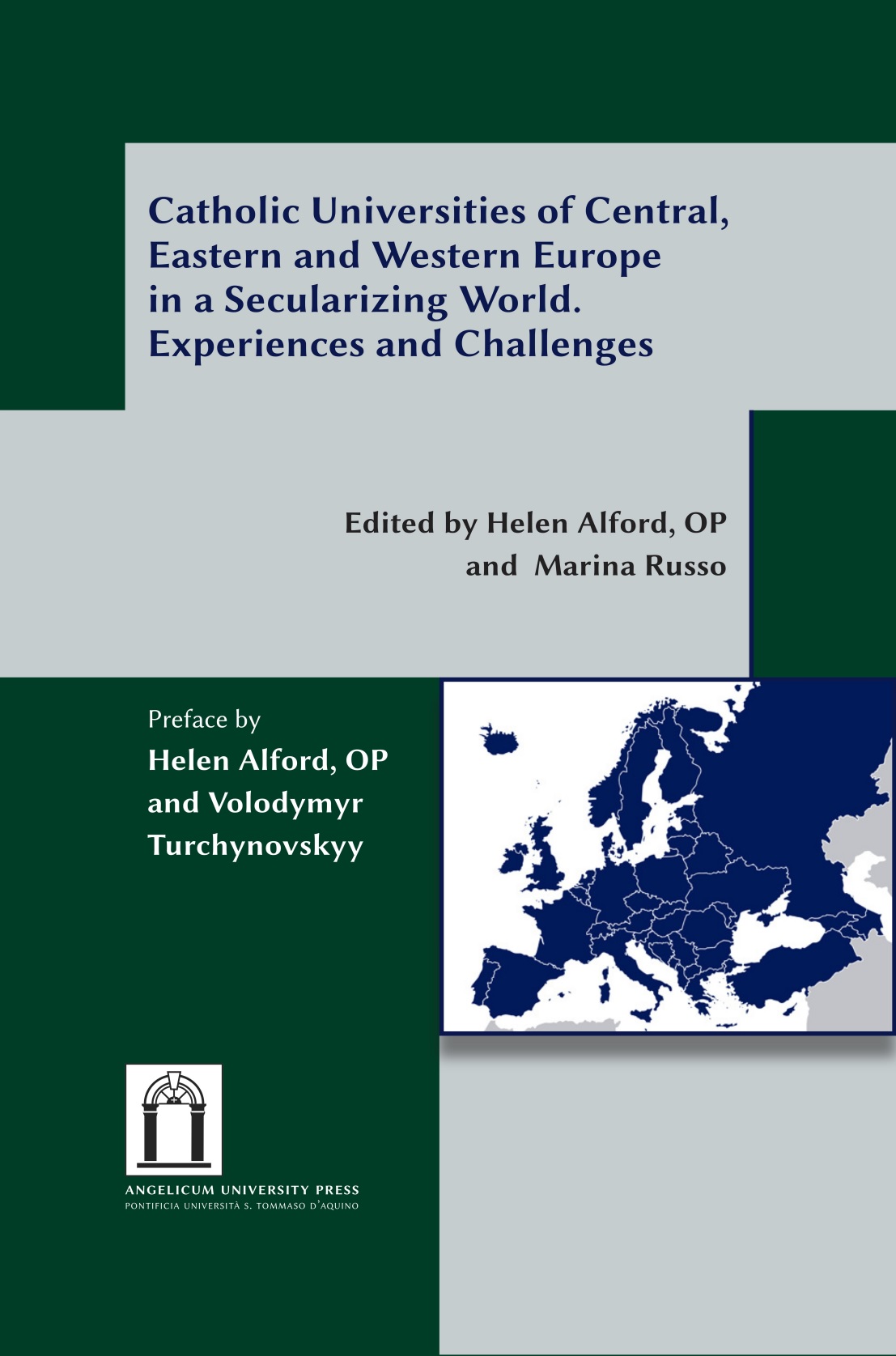 For Europeans born in the 1960’s, the Fall of the Berlin Wall, and all the events associated with the crumbling of the power of the Soviet Union, must rank among the most memorable events of our lifetimes. The Polish Solidarity movement had been bravely standing up to oppression for nearly 10 years before this, but, perhaps more than anything, it was the speed of the events culminating with the Fall of the Wall in 1989 that seemed quite miraculous, a “kairos” moment. The role of the Church, especially that of the Holy See in the person of John Paul II, was considerable. Mikhail Gorbachev, for instance, could say in 1992: “none of all that has happened in Eastern Europe in these last years would have been possible without this Pope, without his role – including the political – that he knew how to play on the world scene”1.
For Europeans born in the 1960’s, the Fall of the Berlin Wall, and all the events associated with the crumbling of the power of the Soviet Union, must rank among the most memorable events of our lifetimes. The Polish Solidarity movement had been bravely standing up to oppression for nearly 10 years before this, but, perhaps more than anything, it was the speed of the events culminating with the Fall of the Wall in 1989 that seemed quite miraculous, a “kairos” moment. The role of the Church, especially that of the Holy See in the person of John Paul II, was considerable. Mikhail Gorbachev, for instance, could say in 1992: “none of all that has happened in Eastern Europe in these last years would have been possible without this Pope, without his role – including the political – that he knew how to play on the world scene”1.
How have relations between the Church, and especially the Holy See, developed since then? Twenty years on from the Fall of the Wall, it was opportune to look back over the intervening period and to try to evaluate how relations between the Holy See and the now post-Communist states had developed. Hence the conference held on May 27 2009 at the Pontifical University of St Thomas, sponsored by the Faculty of Social Sciences, on “The Holy See and the Post-Communist States: Key Aspects of their Relations Twenty Years after the Fall of the Berlin Wall”, some of the papers of which are included in this issue of OIKONOMIA.
Few people would have had as good an overview of the relations between the Holy See and these countries over the period as Cardinal Angelo Sodano, the Secretary of State of the Holy See for much of the period in question. In his paper, he manages to touch on most of the countries among the former communist bloc, starting with comments on the Vatican’s Ostpolitik in the period immediately prior to these events. The main focus of the paper is on the re-establishing of diplomatic relations with the various countries mentioned, though it should be remembered that these were reactivated with Yugoslavia, on the initiative of Tito, as early as 1970 (and have continued, subsequently, with the Serbian republic, while new relations have been created with the states that were created with Yugoslavia’s collapse). It is interesting to note that, after Poland, which managed to re-establish relations even before the fall of the wall on July 17 1989, one of the first countries to do so from this area was the USSR itself. Headed by the aforementioned Gorbachev, relations were established on March 15 1990, even though their designation was “official” rather than “diplomatic”, so as not to offend the Patriarchate of the Russian Orthodox Church. Although Cardinal Sodano does not mention this, the speed with which relations were established tends to indicate that Gorbachev was hoping that such relations would help to forestall the total collapse of the USSR. No mention is made in the Cardinal’s article of Kosovo; the Holy See is awaiting the outcome of the international tribunal on the status of Kosovo before making any move in that regard.
Hanna Suchocka, currently Ambassador of Poland to the Holy See, is another person who has first-hand experience of a developing relation between the Holy See and a post-communist state. Whereas Cardinal Sodano’s paper focused on re-establising relations, Ambassador Suchocka, as the then Prime Minister of Poland, was largely responsible for the negotiations of a new concordat between Poland and the Holy See. It had a rather tortuous journey through the Polish Parliament but was finally ratified, after she was out of office, in 1998. The idea of a concordat is often hotly contested today, especially in Europe. What is often not realized is that the thinking on concordats has moved on since Vatican II; as she says: “It may be stated that adherence to the principle of tolerance, when drafting new treaties with the Apostolic See, totally contradicts the essence of pre-Vatican II Concordats and gives the Concordat formula such wide application in modern conditions”. On a positive view, the concordat helps to preserve the rights of what is often a minority group in society (but, obviously, Catholics are not a minority in Poland!), something fitting well with the spirit of the 1948 Universal Declaration of Human Rights. In a similar way, attacks on the idea of concordats focus on the freedom of the individual; these juridical instruments are seen as threats to the secular nature of the state and/or to the exercise of religious freedom, since, it is argued, the rights of the Church are already guaranteed in modern secular states.
In the specific case of Poland, the negotiations for the Concordat had two particular positive effects. Firstly, there was the symbolic importance of returning to the legal position of the country before the violation of Poland’s freedom took place, since Poland had had a concordat before the Communist period. Renegotiating it in that crucial time of transition was a symbol of returning to freedom. Secondly, it was a fragile and uncertain period for the country, not least from a legal point of view, where an unjust system needed to be replaced with a fundamentally just one. One way to help undergird the justice of this new system was to link it, and, indeed to subordinate it where appropriate, to international law, and negotiating a Concordat with the Holy See was one way of doing this.
An interesting point is the attempt made during the negotiations to avoid the idea of the “separation” of Church and state, with its rather negative view of their relations (Parolin also indicates in his talk that this term was associated with the Communist period, and, understandably, people wanted to get away from it). Instead, following the lead given by Gaudium et spes, one of the key documents of Vatican II, the concordat speaks of “autonomy and independence” of the two spheres of the Church and the State. As the Ambassador says: “Without expanding ecclesiastical privileges, the Concordat made it possible to build those relations upon a new chief principle acknowledging the autonomy and independence of each entity in its own realm whilst introducing the simultaneous obligation to cooperate for the good of the individual, the subject of both communities.” She also astutely observes that: “The model of a secular state, which has been accepted as a result of Constitutional and Concordat solutions, needs to be constantly defined, nearly on a daily basis. And that defining . . . must occur in many different places, lest the secular state, which is a positive value, turn into a militantly secularist one”. A proper principle of secularism preserves the contact between the various religions and the secular state in a positive and mutual relationship.
Our final contribution comes from the pen of Monsignor Pietro Parolin, who is now Papal Nuncio in Venezuela, but who was for many years one of the key figures in Section 2 of the Secretariat of State of the Holy See, for Relations with States. As such, he was directly involved in the negotiation of the concordat with the fragile state of Bosnia and Herzegovina, one of the mini-states that emerged from the violent and war-torn collapse of the former Yugoslavia.
Parolin points out that there has been a flowering of concordat agreements since Vatican II; whereas an average of 19 concordats per year were agreed between 1950 and 1989 (85 in all), in the decade between 1990 and 2000, almost 50 were agreed, and the same rate has continued in the first decade of the new millennium. With regard to the specific situation of Bosnia and Herzegovina, he shows that when the idea of a concordat was initially floated, the reaction was one of consternation on the part of the other two main religious/ethnic groups in this country: the Bosniak Muslims and the Serbs. However, as negotiations progressed, attitudes began to change. By the end of the process, it was fully supported by all three groups, and subsequently both the Muslims and the Serbian Orthodox Church have been negotiating similar settlements to protect their religious rights, using the concordat with the Holy See as a model and point of reference. In a country that is still functioning on the basis of the Dayton peace agreement, and that does not yet have a constitution to regulate the rights and responsibilities of its citizens, the concordat represents a point of stability for all, and recognition from a global actor like the Holy See of the solidity of the state of Bosnia and Herzegovina despite its difficulties. All of this helps the country in its painful and complex journey towards a modern state, where peaceful relations will be possible between the main ethno-religious groups who make their home there.
There is great need for such help. One of the students from Bosnia and Herzegovina in the Social Sciences Faculty referred to the rebuilding of the famous bridge in Mostar. Historically, it has linked the two communities of Croat Catholics and Bosniak Muslims on either side. But so far, she told us, nobody crosses it.
1 Translation of the quotation given in Cardinal Sodano’s article in this edition of OIKONOMIA.
 IT
IT  EN
EN 
















